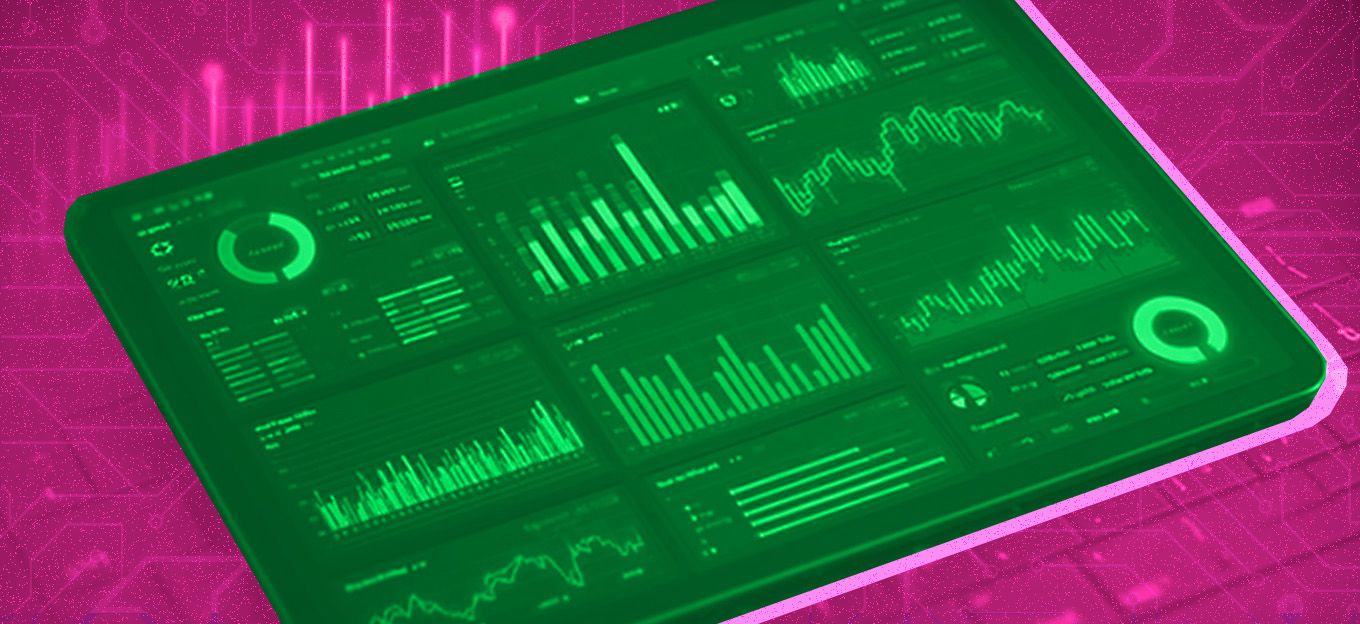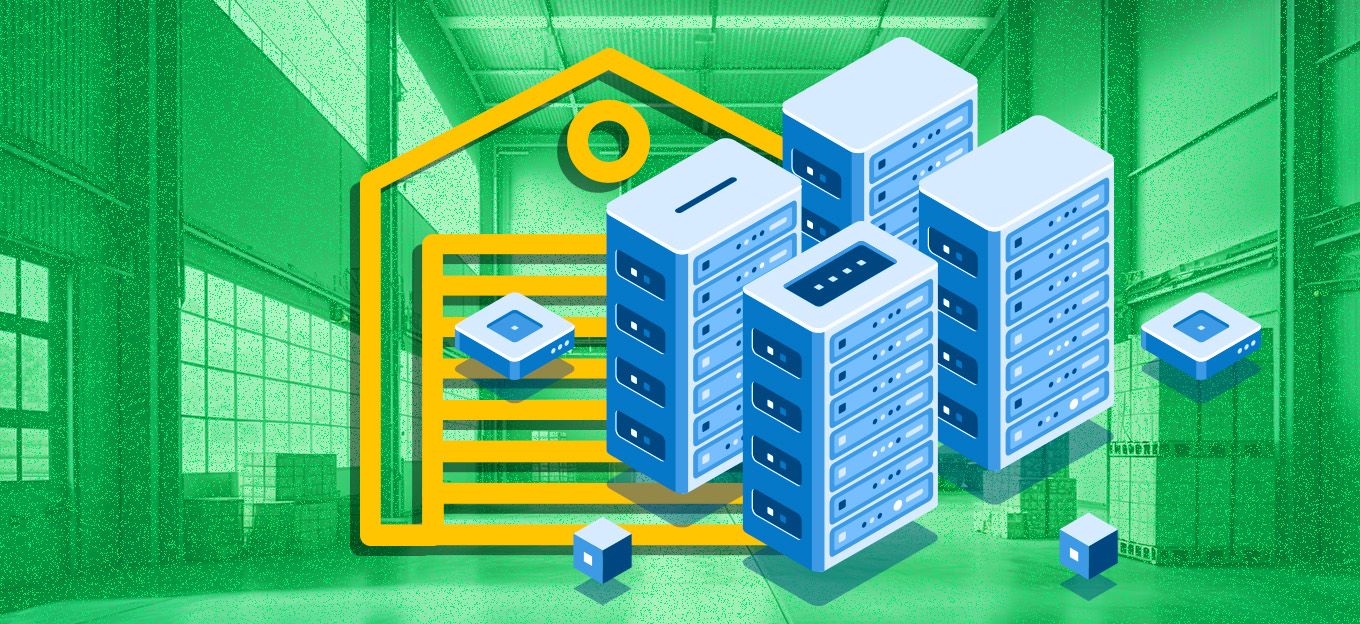Satellite IoT Can Help Prepare for Natural Disasters
Satellite IoT Can Help Prepare for Natural Disasters
- Last Updated: December 2, 2024
Guest Writer
- Last Updated: December 2, 2024



Communities around the world are beginning to feel the drastic effects of climate change. Global warming and climate change have caused natural disasters and extreme weather events to become the new normal. Hurricane Ian, which made landfall last month in Florida and Cuba, was one of the region's most destructive storms in decades. Hurricane Maria, which demolished Puerto Rico’s infrastructure and power grid in 2018, is the deadliest named Atlantic hurricane of the 21st century to date. The intensity of these disasters is increasing. In fact, The World Meteorological Association announced that the number of climate change-related natural disasters quintupled over the last 50 years and that this troubling trend is expected to continue.
'With global climate challenges on the rise, leaders should look to satellite IoT solutions to help reduce the loss of life and damage to property and the planet itself.' -Globalstar
It’s not a matter of if a natural disaster will occur, but when. With global climate challenges on the rise, leaders should look to satellite IoT solutions to help reduce the loss of life and damage to property and the planet itself.
Satellite-enabled IoT and Data-driven Response Plans
IoT technologies allow government leaders to monitor energy resources remotely and create detailed disaster and recovery plans based on the data collected and transmitted from IoT sensors. Since satellite IoT remains connected even when traditional networks fall short, it can provide advanced visibility into assets and operations.
Knowing where people, vehicles, and equipment are is critical during each phase of the disaster response plan. Satellite IoT allows disaster management crews to understand the resources they have available and coordinate their actions accordingly.
Asset trackers attached to vehicles and equipment can provide accurate GPS coordinates as often as every couple of minutes or as little as once per day, depending on the scale of the disaster. A custom degree of insight allows each relief effort to be run quickly and efficiently.
Government leaders who develop a flexible, comprehensive plan in preparation for natural disasters can minimize loss of life and structural damage. Utilizing IoT satellite technology within the plan enables leaders to regain some control over a seemingly uncontrollable situation.
As Natural Disasters Continue to Increase, Reliable Connectivity Becomes more Critical
Our world runs on technology, and technology depends on reliable access to an energy source. The growing severity of wildfires, floods, earthquakes, ice storms, and extreme weather events in recent years has been a primary contributor to the increase in the frequency and duration of power outages in the U.S. City systems are rendered useless in a matter of moments. Outages can last anywhere from a day to months, and cellular coverage can quickly become scarce. When the affected community's critical infrastructure systems are at risk, the consequences of a natural disaster can compound.
Leaders can keep in contact with vulnerable communities such as hospitals, nursing homes, and mental health facilities by using satellite IoT-based messaging systems. Satellite systems are not jeopardized by severe weather or natural disasters and can ensure continuous connectivity to send small bursts of data, like status updates or an asset’s location, when cellular coverage is lacking.
In the days before an extreme weather event, monitoring energy resources by tapping into IoT satellite networks can identify energy-conserving opportunities to eliminate inefficiencies. It can also detect anomalies and abnormal patterns that can indicate potential failures, which helps with risk mitigation.
After the disaster, IoT satellite technologies can provide disaster workers with up-to-date location information even when the power is out. Utility providers can use remote sensing devices to gain insight into where to rapidly dispatch repair crews. They can also anticipate where to pre-stage repair crews as severe weather approaches.
Outages, particularly those related to weather, are almost always accompanied by intersecting and related phenomena that result in economic, social, and health damages. Satellite IoT technology is revolutionizing the capabilities of disaster preparedness and recovery. As we continue to feel the effects of climate change, cities must prioritize preparation. The long-term benefits of investing in and adopting emerging IoT technologies are priceless.
The Most Comprehensive IoT Newsletter for Enterprises
Showcasing the highest-quality content, resources, news, and insights from the world of the Internet of Things. Subscribe to remain informed and up-to-date.
New Podcast Episode

IoT and AI in 2026
Related Articles





